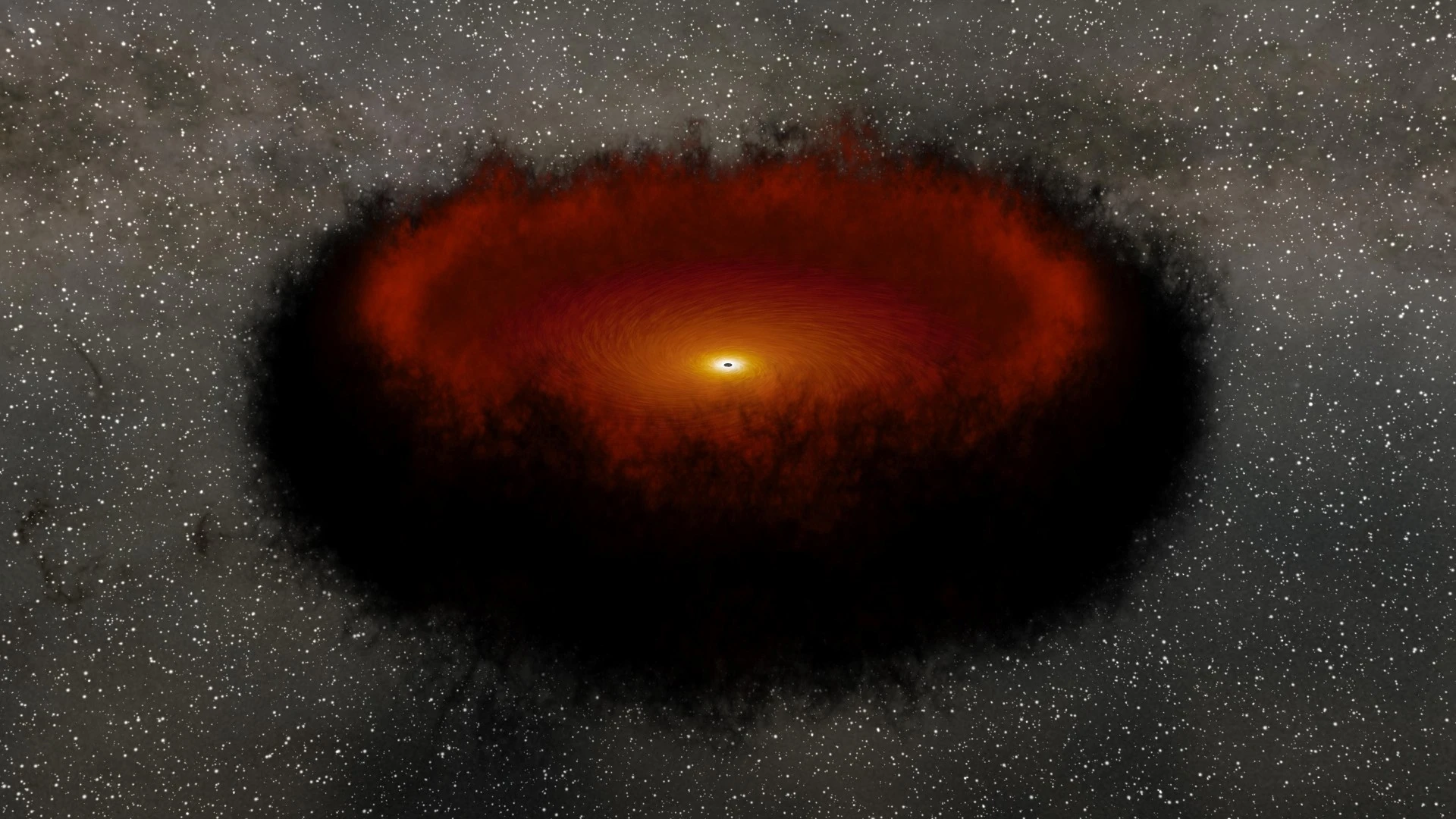At the heart of galaxies lie supermassive black holes, objects so dense that nothing, not even light, can escape their gravitational pull. While their existence has been known for decades, new research suggests that they may be consuming not just ordinary matter, but also invisible matter that affects the motion of stars around them.
Uncovering the Secrets of Dark Matter
The invisible matter in question is dark matter, a hypothetical substance that does not interact with light or other forms of electromagnetic radiation, making it extremely difficult to detect. Yet, its gravitational effects on visible matter, such as stars and galaxies, are unmistakable, leading scientists to postulate its existence.
Recent studies have revealed that black holes may be swallowing up dark matter along with the ordinary matter that surrounds them, altering the way stars move in their vicinity. By analyzing the orbits of stars in galactic centers, astronomers have been able to infer the presence of dark matter and study its properties.
Shedding Light on Black Hole Dynamics
Black holes are not only fascinating in their own right but also play a crucial role in shaping the structure and evolution of galaxies. As black holes consume surrounding matter, they emit powerful jets of energy that can influence the formation of stars and planets.
Understanding how black holes interact with dark matter is therefore a key area of research in astrophysics. By using cutting-edge observational and theoretical methods, scientists aim to decipher the complex dynamics of these enigmatic objects and their role in the cosmos.
Implications for Our Understanding of the Universe
The discovery that black holes may be consuming dark matter has important implications for our understanding of the universe. It suggests that dark matter is not a static, isolated substance but rather an active player in the cosmic drama, influencing the behavior of visible matter in unexpected ways.
Moreover, it opens up new avenues for studying the elusive nature of dark matter and its connection to other fundamental physics concepts, such as the nature of gravity and the structure of space-time.
Conclusion
In summary, the recent research on the interaction between black holes and dark matter sheds light on one of the most mysterious and fascinating aspects of our universe. By exploring the invisible matter that slows down the movement of stars, scientists are advancing our knowledge of the cosmos and pushing the boundaries of human understanding.
